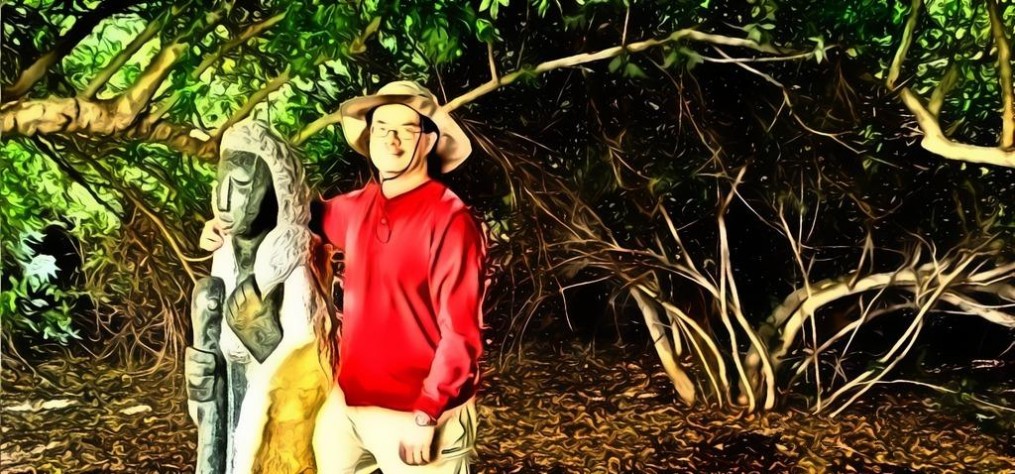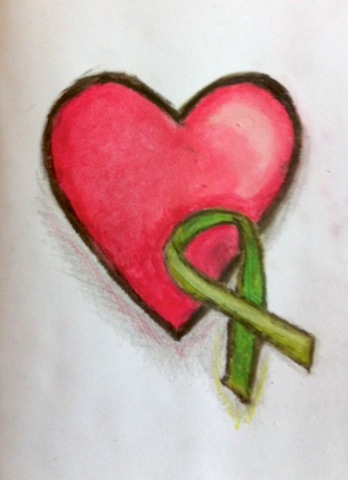This post is reblogged from my writing blog, Stefras’ Bridge.
Story and poem appreciation or comprehension is a favourite topic of mine. I am a writer after all.
But many people dislike analyzing the stories they read. And story appreciation ignores a whole section of story comprehension that I feel is very fun to analyze and interesting to learn.
Poetry appreciation emphasizes analysis of mechanics. So does story comprehension. But some movement has been made to interpret the meaning of poems and what contributes to that meaning, something I did not learn — or appreciate — until my freshman year in university, that I think is lacking from story analysis.
I curated a resource that addresses this oversight. Here I introduce it.
How does your story work? Can you take elements from it to transform other stories? Can you mix elements to create new immersive experiences?
I love breaking down stories and poems to see how they tick. This probably stems from my elementary and secondary schooling, but a big motivator for me is jubilant curiosity.
Stories have certain tricks and tools they use to help them flow.
Mechanical elements of story and poem: Setting, alliteration, character and more
Mechanically, they have beginnings, middles and ends; rising and falling action; climaxes; conflict; atmosphere; setting; denouements or fifth acts; conflict or struggle; and characters. These instrumental elements parallel the mechanical devices of poems, like lines and stanzas; rhythm and rhyme; and literary devices and figures of speech.
The good folks at Literary Devices unpack these mechanical devices into literary elements (theme, character) and literary techniques (alliteration, personification), which they rightfully apply to prose and poetry.
But there is more to poem and story than mechanical elements. In fact, without meaning there is no story.
Cognitive and emotive components of story and poem: Motif, tale type, function and mytheme
The heart of poetry and story is more intuitive than their mechanics. A poem does not have to have any literary techniques and it can still be a poem. So also can a story.
Every idea, every word has story in it; it would lack meaning and influence otherwise. Stories are built from tinier stories, poems from underlying poetry. It is more than subtext. It is structure and motif and interpretation.
These cognitive and emotive components bring affect and meaning to poem and story. Unpacking story in search of meaning reveals these components.
But what are they?
Unpacking stories by extracting story components
There are two types of cognitive story components: brick-like story chunks and skeleton-like story structures. The story chunks are pieces of story or groups of these pieces that serve as building blocks found across stories. Motifs and tale types represent this type of component.
Motif
A motif is a packet of distinct narrative, a persistent, indivisible and defining detail of story, more than an idea, but less than a complete story in itself. One might equate it to a prompt, a prod that arouses imagination. A motif is specific enough to direct that imagination yet not detailed enough to close a story. Because motif is a component of story, narrative is a better descriptor of it than prompt.
Motifs are units of story meaning. Combining motifs builds story; you can unpack stories into their component motifs. These motifs are different from story elements in that they carry narrative or meaning in them. They also exist across many stories, building stories both similar to and very different from each other.
Stith Thompson studied motifs in folk literature, finding that stories with common and related motifs frequently were related to each other, often being versions of common ancestral stories. Story migration is then possible to map by tracing motif correlations and mutations.
Tale Type
When motifs combine and form self-sufficient groupings or plots that occur in several stories, the stories with these common plots or motif groupings are called tale types. Like motifs, tale types suggest story trees, indicating versions and mutations of story, and their localizations and migrations.
Tracing story origins and evolution through their motifs and tale types can be very entertaining and informative. Many people make careers out of studying these story relationships. Others, like me, use them to unpack stories and inspire new ones.
Unpacking stories by analyzing shared structure and analogies
Motifs and tale types analyze story through its narrative components. They illuminate story relationships and cultural exchange as well as story evolution and origin.
Another way to interpret stories is through their structure. Structure is more closely related to the literary elements than motifs and tale types.
Propp Function
Propp functions are components of plot. They are unpacked by extracting the details of story elements, particularly plot, then analyzing the relationships and order of these details. Propp functions are common, ordered kernels of plot. They are like landmarks most stories pass through.
There are many analyzes of story plot similar to Propp functions, some longer, many shorter. They are all related to what Joseph Campbell calls the Hero’s Journey and what Claude Bremond and Elaine Cancalon dub the network of possibilities (initial situation, actualized event, non-actualized alternative events). What these analyses do is map out how a story unfolds. They unpack the elements of story.
Mytheme
Mythemes are contextual analogies that expose subjective culture-specific meanings. Lévi-Strauss argued that story meaning is culturally subjective: what you read is all in your interpretation. Stories, particularly folktales, enable us to make sense of our world by setting up parallel, yet unreal, situations in the stories. The situations in the stories are usually comparisons, and so are the situations in our world. The function of stories then is to create analogies drawn from the stories to our understanding of our world. These analogies Lévi-Strauss calls mythemes.
Mythemes are structural and subjective components of story. They do not make sense across stories nor across cultures, so they differ from motifs and tale types. They are contextual and dependent on interpretation — you and I read different stories in the same text. Yet, like motifs and tale types, they are built into many stories. They also do not follow an ordered pattern of elemental components, making them different from Propp functions and their ilk. In fact, Lévi-Strauss rejected plot as an important element of story.
To Lévi-Strauss, story models the world to reveal everyday enigmas. Mythemes provide meaning in the story that translates to our experiences and world. In this sense they are cognitive components of story, like motifs, tale types and Propp functions.
A revised curation of motifs, tale types, functions and mythemes
A few years back I curated the 1958 Stith Thompson Motif Index for private research and reference. I used a Russian reference as a base. I since added research into AT and ATU Tale Types, Propp Functions and Lévi-Strauss Mythemes to create a thorough, though hardly exhaustive, study of story, particularly folk literature.
I recently edited and updated that reference and made it responsive to different screen sizes for others to enjoy and use as a resource.
My mirror is now easier to navigate with executive indices and links to the longer, unabridged list. I also cite a few examples of motifs in tales. I also link to sites that hold many examples of AT and ATU tale types, including the Ashliman Collection and the Multilingual Folk Tale Database and to sites that demonstrate Propp function analysis.
My analyses of Propp Functions and Lévi-Strauss Mythemes are more original syntheses of the literature and less curation of others’ work, like my motif and tale type sections.
The reason we study stories and poems
Story comprehension or appreciation is often the least favourite component of language studies. It is easy to understand that readers and listeners would rather listen to and read a story than analyze it. Yet there is a joy in picking the mechanics and concepts of a story out. And there is a function for a writer and teller to do so. Deeper meaning is revealed and more elegant story creation is possible through story unpacking.
From a teaching perspective, I believe the best way to appreciate and comprehend story is by writing story. Place the appreciation in context, give it a purpose and make learning it fun. And don’t forget to include analysis of the cognitive components of story. For writers, story appreciation or comprehension models examples of story creation. And for readers, it can reveal deeper details.
I’d appreciate your thoughts on my updated reference — particularly if you find errors — and your interpretation of motifs, tale types, Propp functions and mythemes.












